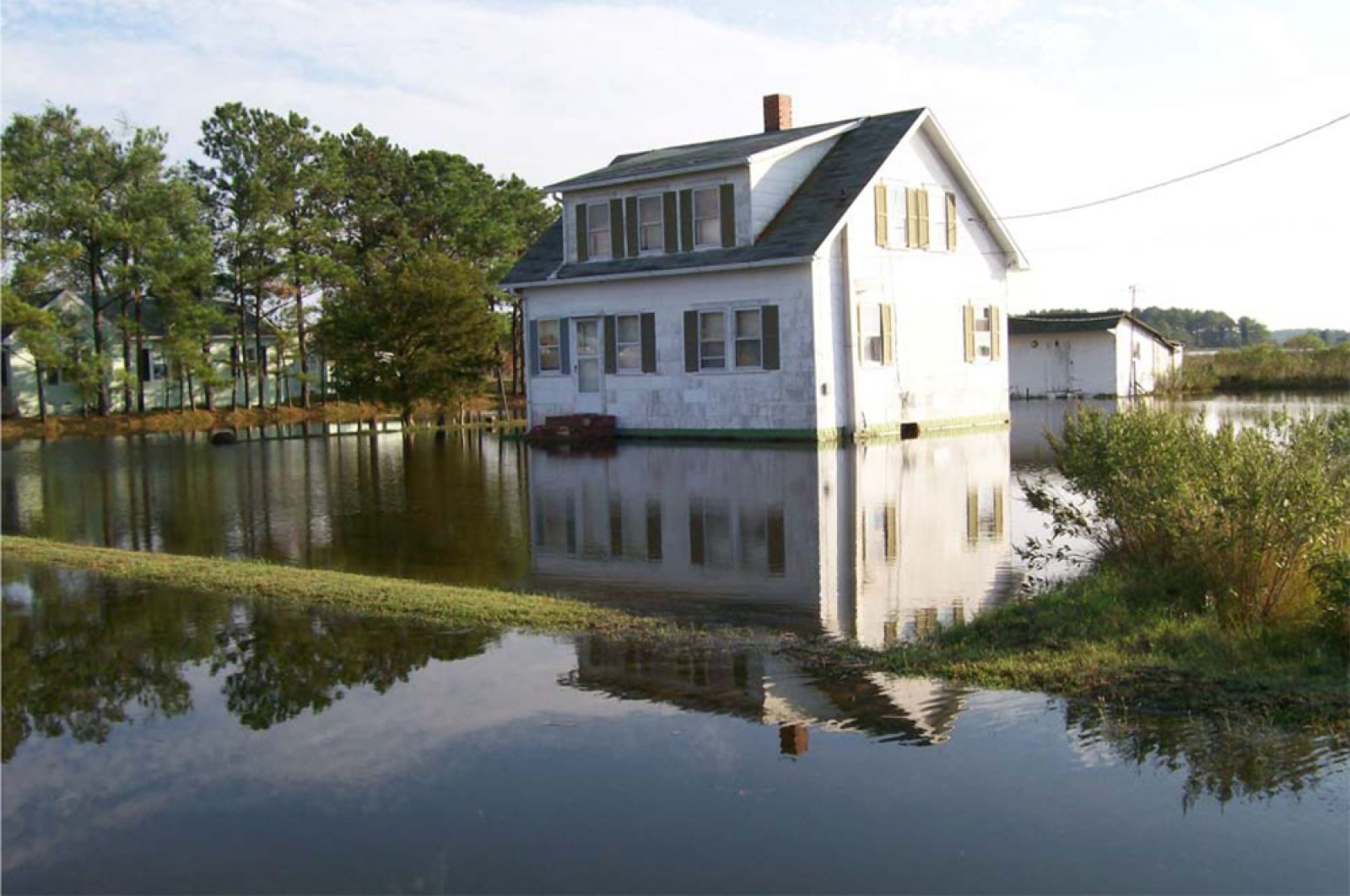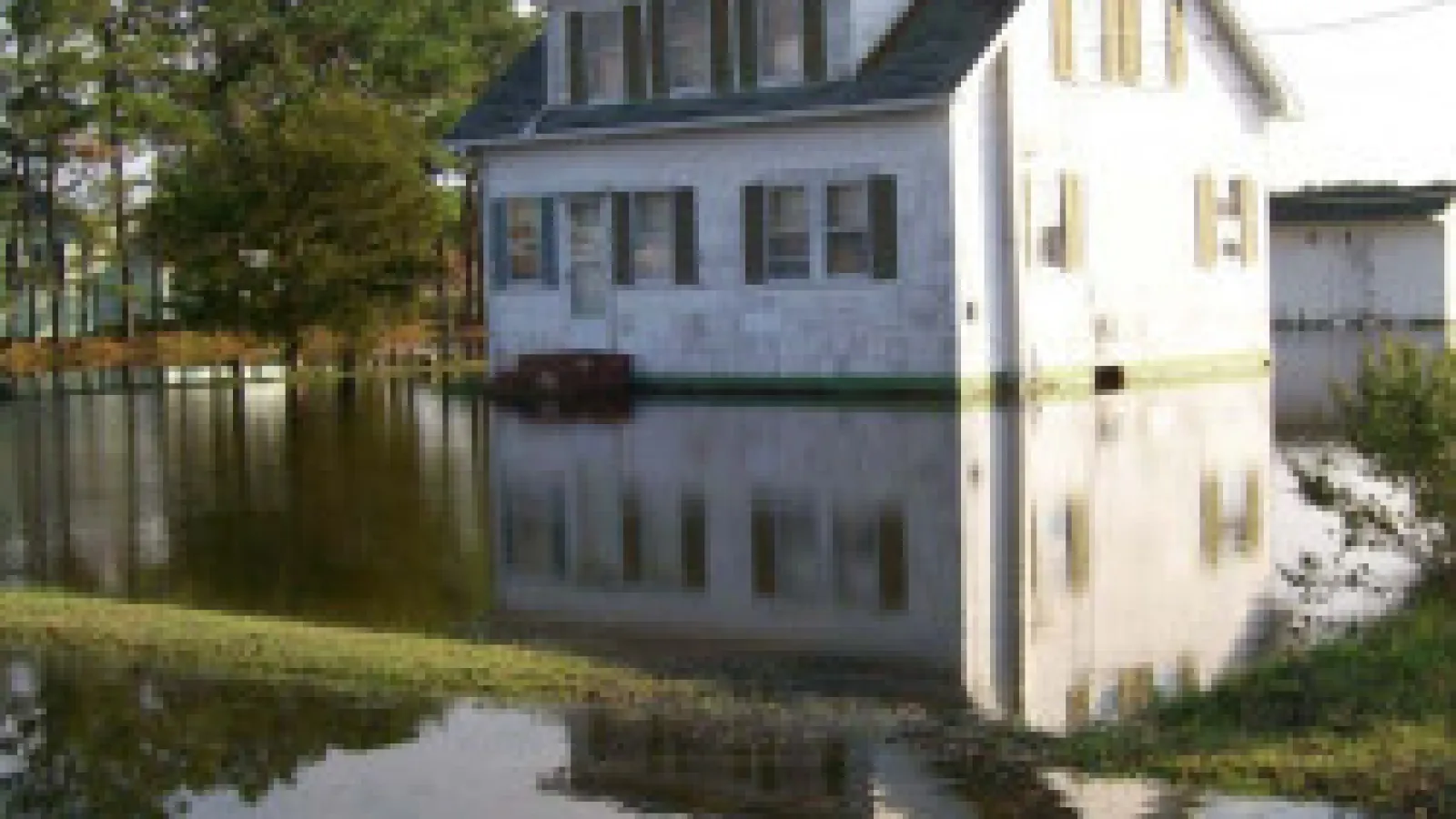Water is found all around us. It falls from the sky as spring showers make their way into our area. Some homes have ponds and lakes nearby, others have bird baths or gardens which require sources of water as well. Regardless of where it is, water is an ingredient to life you will find nearly anywhere.
Unfortunately, standing water can lead to pest problems that no homeowner wants to deal with, specifically when trying to enjoy the warmer weather and sunny days. Understanding what standing water is, the dangers associated with it, and how to eliminate these problems could be a key factor in protecting your yard, home, and family from pesky pests waiting to interrupt your spring fever.

Standing Water: What is it?
Standing water, in short, is stagnant water that is not flowing and has no constant fresh source. This type of water can pool after watering your garden on a warm spring day. Or, it could be the water that sits in your bird bath or planting pots. This accumulation of water will give insects a place to thrive. Luckily, it is a problem that is easy to fix.
Types of Pests
Several types of pests find the environment of stagnant water to be the perfect place to make their home, reproduce, and begin their mission of wreaking havoc on your home. Knowing the types of insects to be on the lookout for could help you address a small problem before it becomes a large infestation.
Mosquitos: If you decide to take a dip in the pool, canoe on your pond, or work in the garden, chances are you will encounter a mosquito. They are quite the water loving bugs, and they are known to carry diseases such as the West Nile and Zika viruses. Mosquitos are known to lay their eggs in and around stagnant water.
Roaches: Roaches are capable of surviving in the toughest environments. If they can find a source of water and a shield from the sunlight, they will be happy and will thrive.
Carpenter Ants: Carpenter Ants will find joy in areas where stagnant water is present, as well as sticks and other sources of wood. Never pass of a couple of ants as a small problem worthy of being ignored. Before you know it, the next rainfall could bring an entire army out in full force.
Termites: Termites can often thrive in moisture areas found around your gutters and downspouts, which could lead to them infecting the wooded areas of your home. Be aware!
What To Do
Now that you know how standing water could spell trouble for your home, business, or property, the question remains: What should you do? Breda has a few simple tips that could protect you and your home from a pest invasion.
1. Overturn Buckets, Pots, and other cans that might serve as a place for water accumulation.
2. If you have a pond or lake, consider researching the types of fish that eat mosquito larvae.
3. Choose running fountains that keep water moving, which will disrupt mosquito reproduction.
4. Refrain from overwatering your yard or garden with sprinklers.
5. Check downspouts and gutters to ensure they are functioning properly, are not clogged, and are directed away from the home.
6. Trim bushes, shrubs, and trees that could collect moisture near your home.
At the end of the day, we want to make sure you and your home are protected as we move into the spring season. Standing water can serve as an invite to mosquitos, termites, cockroaches, and other pests who are trying to find the perfect spot to call home. By addressing the areas of concern listed above, you can serve as your homeâs first line of defense.
If you have tried to free your home of standing, stagnant water to no avail, it may be time to give a professional a call. Breda Pest Management stands ready to serve you, your family, and your property. Eliminating pests is our specialty, and we are always here for you.



